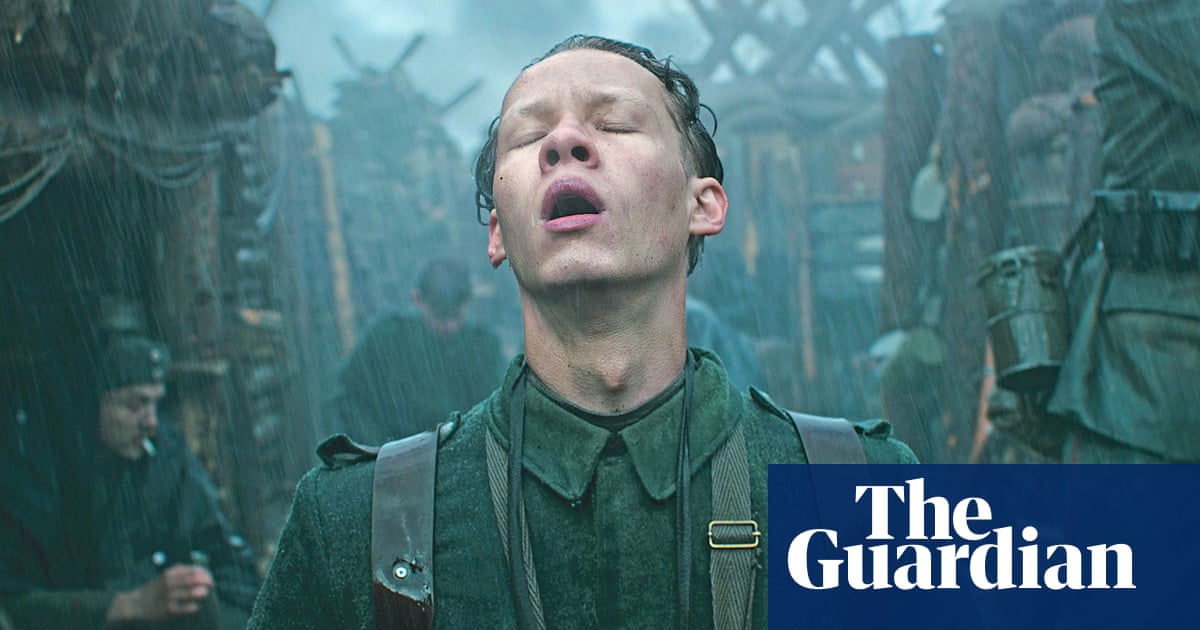
To many out there, arguing that Avatar: The Way of Water should win best picture is akin to defending Charles Manson in court. But someone has to do it. And my argument hinges on that word “best”. How do we measure what the “best” picture is? Best at what? Quality is subjective, and as we have seen time and time again, the subjective opinion of the sum total of academy voters when it comes to this category is very often terrible: Argo? Crash? Driving Miss Daisy? Shakespeare in Love? Please.
This is not to say we should just stick to objective measurements, otherwise it would just be the highest-grossing movie that wins every year and there’d be no point to awards season. Although by such measures, The Way of Water would win hands down: $2.2bn and counting. As usual, the doubters were lined up waiting for James Cameron’s latest giant leap to fail, and as usual, it didn’t. You can sucker a lot of people into seeing a movie in its first week (see the recent Ant-Man 3, or rather don’t – its US box office plummeted 69% in its second week), but you can’t fool half the world into going to see a three-hour movie, some of them multiple times. Critics enjoyed panning The Way of Water for its hokeyness, its length, its garishness, its heavy-handedness, etc, etc. But they clearly missed something that regular moviegoers connected with.
And in case anyone hadn’t noticed, cinema itself is currently is under existential threat. The Covid shutdowns decimated the industry: box-office takings plummeted, cinema chains closed down, and people stayed away. None of that has come back; instead we’ve all got used to streaming movies at home – encouraged by the studios’ smashing of the theatrical window (the time period when movies are exclusively available in cinemas – usually three months). A whole generation is in danger of losing the habit of moviegoing. So this year, above all others, the movie that gets people going back to cinemas, and reminds people what cinema can do, has a fair claim to being the “best” one. Not a lot of movies are doing that – most of the other best picture nominees have been box-office flops. TWOW was an exception, a movie that people simply had to go out and see in cinemas.
The sceptics will argue that a lot of TWOW’s appeal was simply down to flashy spectacle, but that’s not to be discounted. Even if the Academy would rather not admit it, cinema started out as a glorified fairground attraction as much as a dramatic art. Few would dispute the fact that TWOW is visually dazzling, bordering on amazing. It is state-of-the-art digital film-making perfected. No more weird movements or uncanny-valley creepiness; it’s all been figured out here: the CGI, the motion capture, the 3D, the textures and physics of creatures and objects moving in space, and underwater! (Speaking of which, why doesn’t this movie qualify in the “best animated feature” category?) Not to mention all of Avatar’s fantastical creatures and cultures were designed and rendered from scratch. All of this technological innovation and world-building imagination required colossal amounts of brain and computing power. To describe this simply as “film-making” is like calling the Moon landings a transportation exercise.
But what about as a piece of art? Surely that’s the thing that counts for best picture? Visually, TWOW is frequently gorgeous – a movie to bask and luxuriate in. But to be fair, no one came out of this movie talking about, say, the power of Sam Worthington’s performance (they were more likely to be going, “so which one was Kate Winslet?”) And apart from fluent Na’vi-speakers, few people appreciated the intricacies of the dialogue. TWOW’s broad-brush sentimentality and somewhat off-the-shelf narrative elements rarely stirred the heart as much as the expertly handled action scenes – although no one is as expert at combining narrative and action as James Cameron.
But look again at the movie’s approach to identity. Several of Avatar’s characters are a conflicted mix of human and Na’vi: Sam Worthington’s hero is a human “soul” in a Na’vi body; his family are a mix of human/Na’vi hybrids; his nemesis Quaritch, played by Stephen Lang, is effectively an involuntary cross-species reincarnation (whose new Na’vi form at one point discovers his human remains and crushes his own skull), and who knows what Sigourney Weaver’s character is? Within its digestible, multiplex-friendly adventure, TWOW is grappling with complex questions about post-human identity.
And not only that. There are interpersonal, intertribal and even interspecies relationships in play in TWOW but it’s really about the grand narrative of human civilisation: specifically the clash between exploitative, extractive, industrialised capitalism (as represented by the invading humans) and a more harmonious, balanced, eco-friendly existence, which looks a lot like our idea of paradise. Cameron is not just trying to save the cinematic ecosystem; he’s trying to save the actual ecosystem. It sounds corny even saying it, but this is the struggle we as a species are currently engaged in, and achieving the right outcome (the one where we don’t destroy our home planet and thus ourselves) is going to require an enormous shift in human consciousness. Cameron sincerely believes that culture can make a difference in this struggle. He’s genuinely trying to save the world. If a movie can help do that, on a planetary scale, in my book, that’s the best one.












